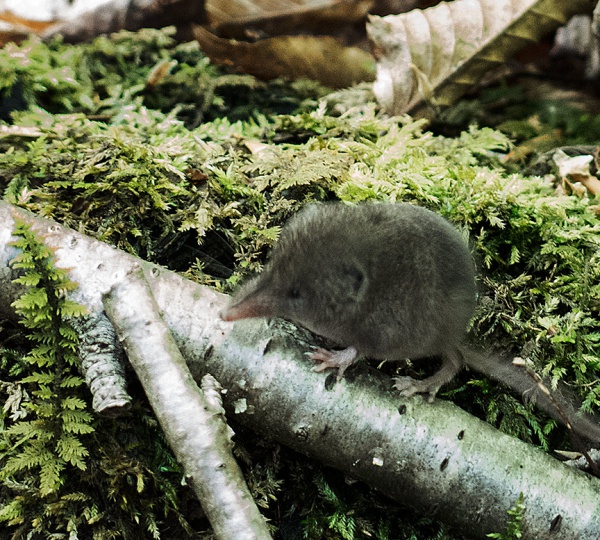Facts About North American least shrew
The North American least shrew is a diminutive mammal found across Canada, the United States, and Mexico. It is distinguished by its long, pointed snout, small eyes, and ears hidden within its fur. Although they may resemble rodents, shrews actually belong to a different order called Soricomorpha.
These tiny creatures are predominantly nocturnal, feeding on small invertebrates, seeds, and fruits. They reside in burrows and exhibit social behavior, often sharing food and living together in groups. The breeding season extends from early March to late November, with females giving birth to multiple litters each year. Remarkably, the young shrews mature quickly, reaching adult size in just a month.
On the evolutionary front, studies suggest that shrews originated from an ancestor in Europe and migrated to North and Central America via the Bering Strait. The North American least shrew belongs to the genus Cryptotis and exhibits some primitive features in its skull structure and reproductive system. Intriguingly, these shrews are utilized in scientific research to study nausea and the effects of cannabinoids, which is particularly significant for cancer patients undergoing chemotherapy.
However, the North American least shrew faces threats such as habitat loss and is listed as endangered in Connecticut due to coastal development affecting dunes and marshes. Natural predators include owls, hawks, foxes, raccoons, skunks, and snakes. Despite possessing venomous saliva for defense, these shrews rarely live more than a year.

 Mexico
Mexico